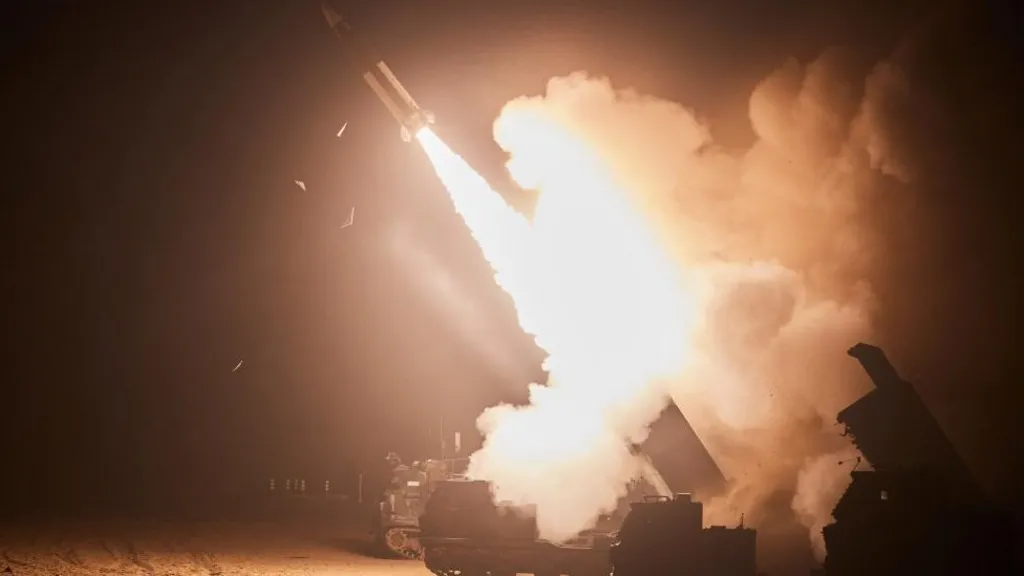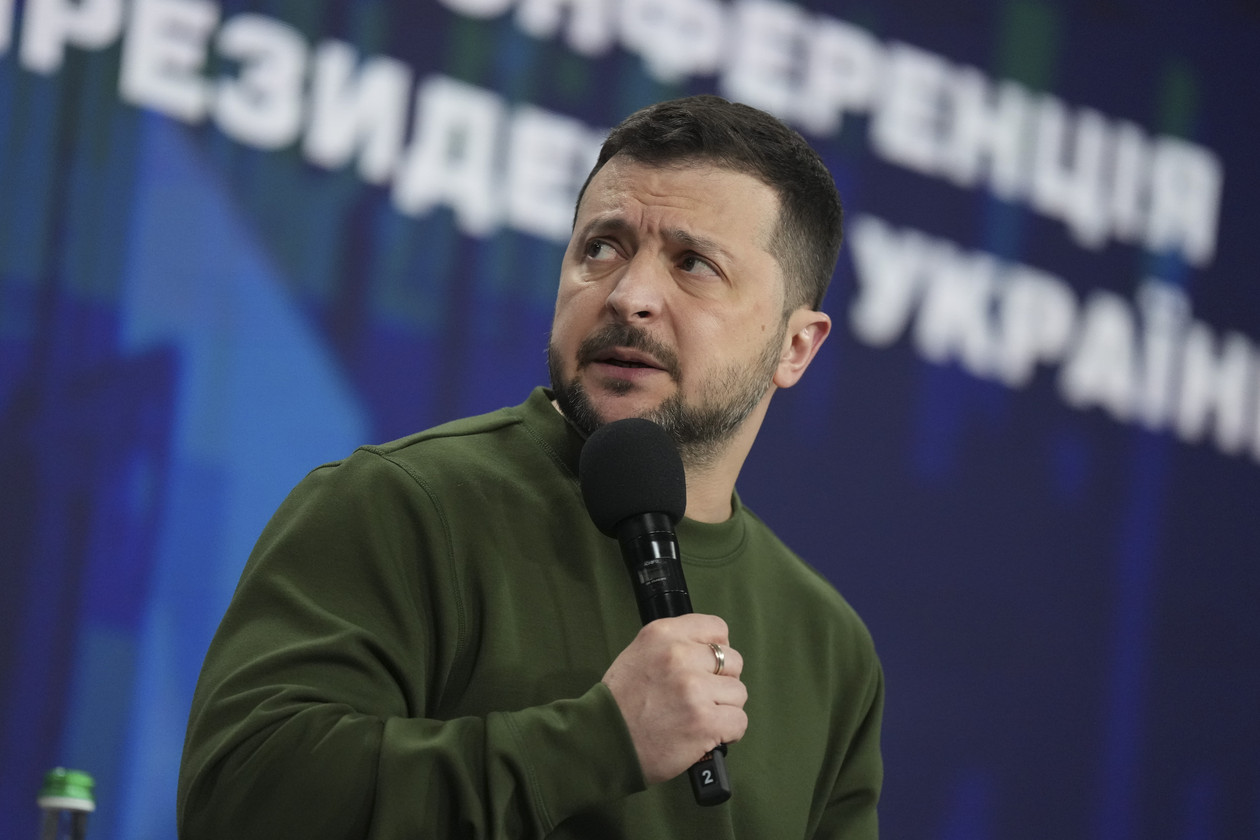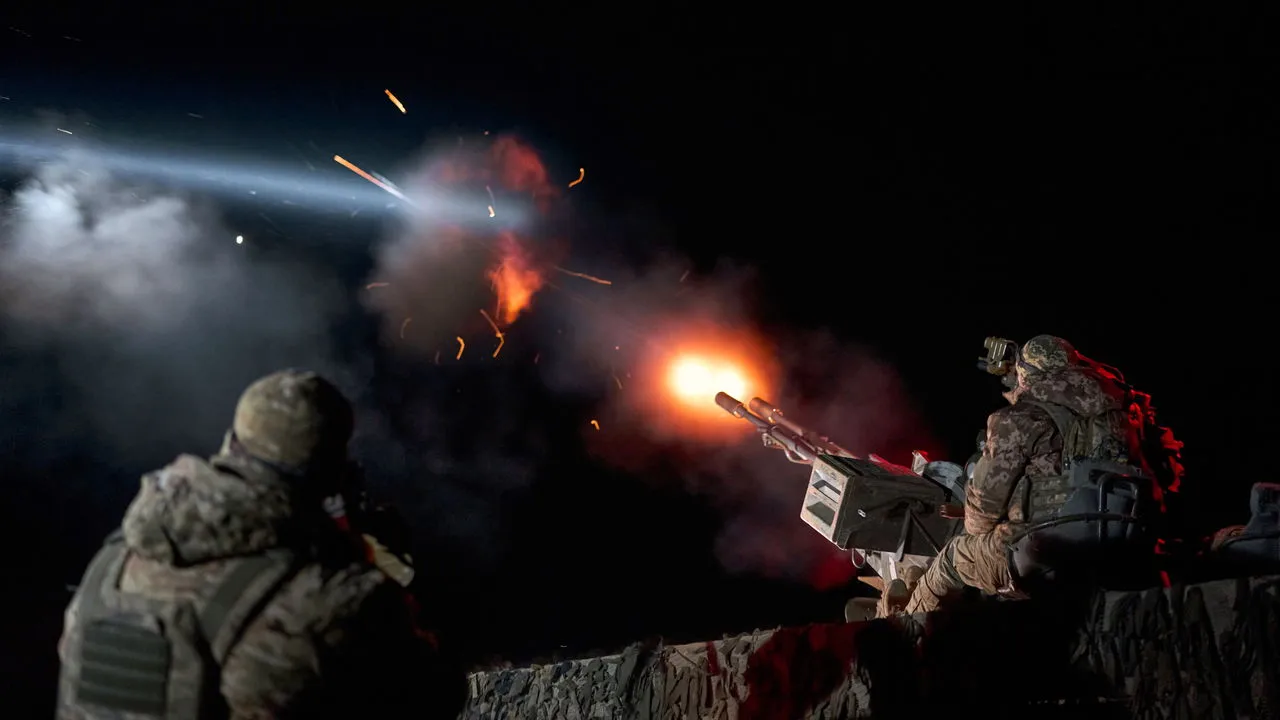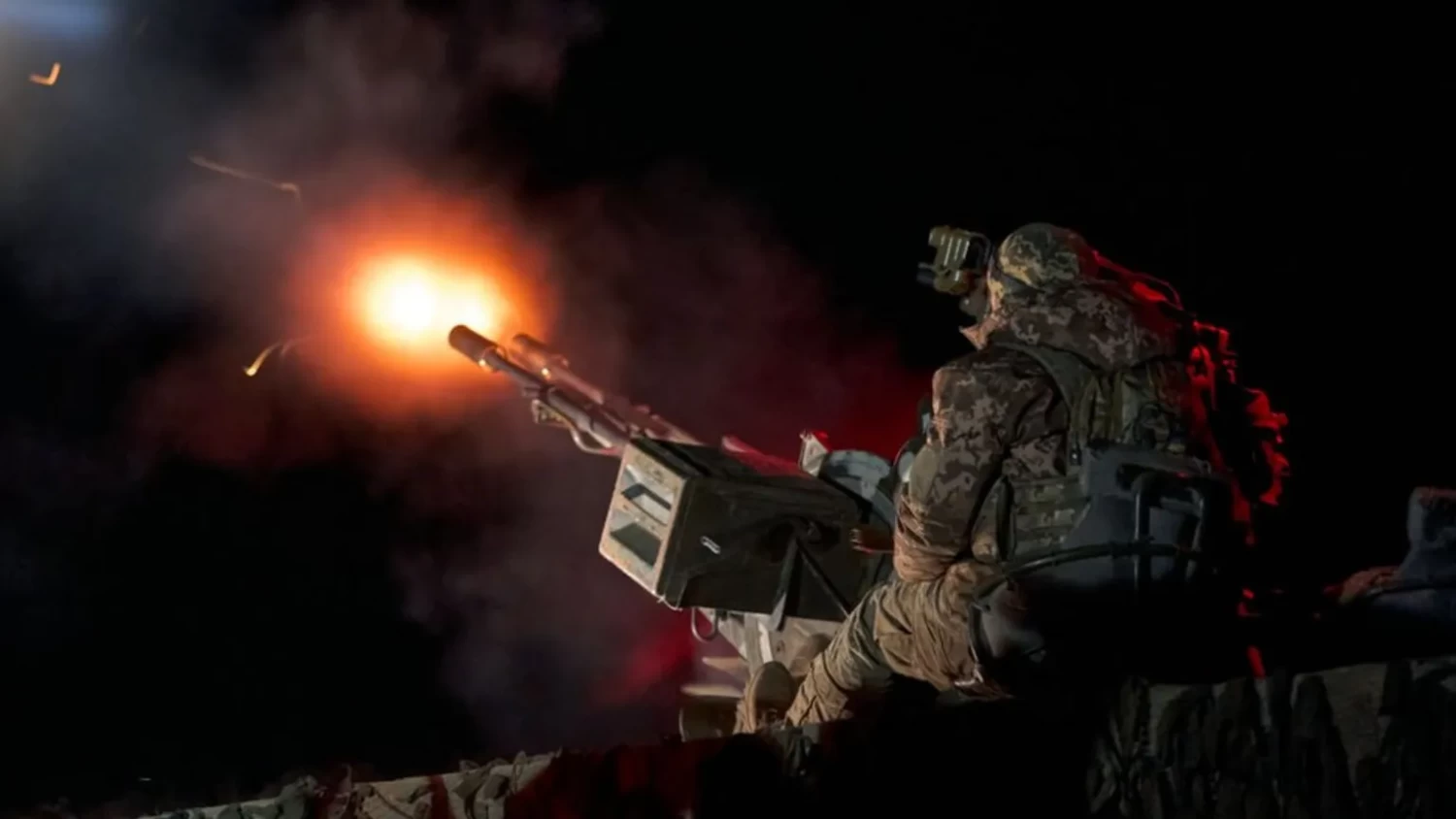Surprisingly Weak Ukrainian Defenses Help Russian Advance
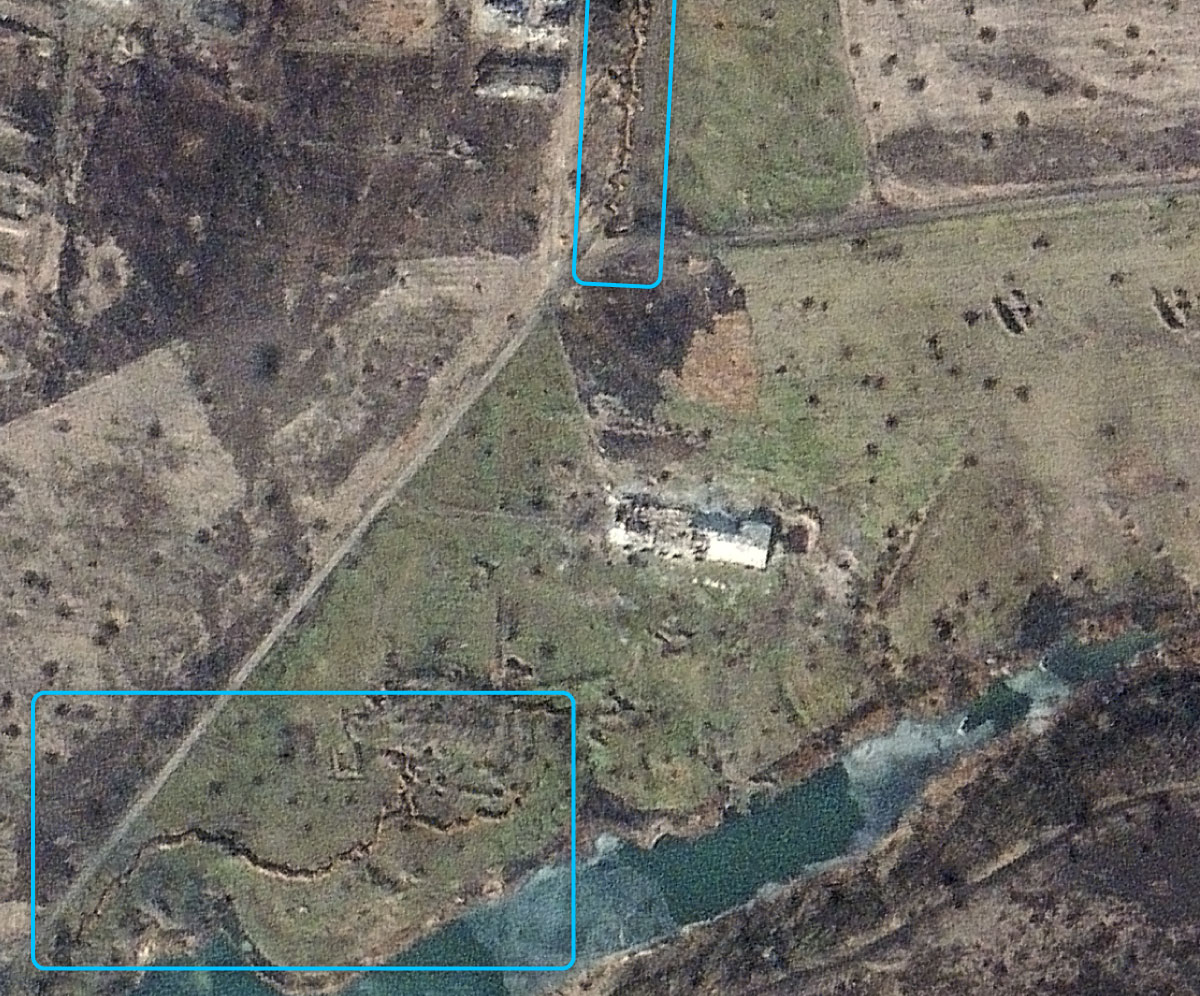
Russian forces continue to make small but rapid gains outside of the eastern Ukrainian city of Avdiivka, attributable in part to dwindling Ukrainian ammunition and declining Western aid.
But there’s another reason the Kremlin’s troops are advancing in the area: poor Ukrainian defenses.
Sparse, rudimentary trench lines populate the area west of Avdiivka that Ukraine is trying to defend, according to a Times review of imagery by Planet Labs, a commercial satellite company. These trench lines lack many of the additional fortifications that could help slow Russian tanks and help defend major roads and important terrain.
Avdiivka became the site of a fierce standoff over the last nine months, emerging as one of the bloodiest battles of the war. When Russia captured the city on Feb. 17, its first major gain since last May, the Ukrainian Army claimed it had secured defensive lines outside the city.
But Russian troops have captured three villages to the west of Avdiivka in the span of a week, and they are contesting at least one other.

By The New York Times
Satellite imagery at the scale shown here is widely available. U.S. officials said privately that it was concerning that Ukraine did not shore up its defensive lines early or well enough, and that it may now face the consequences as Russian units advance slowly but steadily beyond Avdiivka.
British military intelligence said on Thursday that Russian forces had advanced to about four miles from the center of Avdiivka in the past two weeks, a small but unusually rapid advance compared with previous offensive operations.
Ukrainian commanders have had ample time to prepare defenses outside Avdiivka. The area has been under attack since 2014, and Ukraine has had a tenuous hold on it since Russia launched its full-scale invasion two years ago.
But the Ukrainian defenses outside Avdiivka show rudimentary earthen fortifications, often with a connecting trench for infantry troops to reach firing positions closest to the enemy, but little else.
Stronger Russian Defenses
The lack of robust Ukrainian entrenchments in the area is especially glaring when compared with the formidable Russian defenses that thwarted Kyiv’s advances last summer during the Ukrainian counteroffensive, which ultimately failed.
Russian fortifications outside the southern village of Verbove, which Ukraine tried and failed to retake this fall, show a much different picture.

By The New York Times
Unlike the poorly fortified villages that Russian forces are trying to capture outside Avdiivka, Verbove has a concentric ring of fortifications. It starts with a trench wide enough to ensnare advancing tanks and armored vehicles, followed by a mesh of cement obstacles known as dragon’s teeth — also used to stop vehicles — and, finally, a sprawling trench for the infantry.
Satellite imagery from February shows the multilayered Russian defenses to the west of Verbove, with thousands of shell craters visible in the surrounding fields.

By The New York Times
‘A Very Costly Option’
There are many possible reasons for Ukraine’s apparent lack of defenses.
Ukrainian officials may have been too focused on offensive operations last year to dedicate the necessary resources to building the kind of multiple trenches and tank traps that Russian engineers built since late 2022 in the country’s south, the U.S. officials and military experts said.
“Who cared and who considered it as an option — because it’s a very costly option — the construction of defensive lines? No one,” said Serhiy Hrabskyi, a retired Ukrainian Army colonel, noting that Ukraine had few resources to spare at the time.
There may have also been a psychological element at play, the U.S. officials said. If Ukrainian troops heavily mined certain areas to thwart Russian advances, it would be a tacit acknowledgement that they were unlikely to carry out offensive operations in the same area at a future date. They’d effectively be writing off that territory to the Russian military, the officials said.
While Moscow began building defensive lines in the south more than half a year before Kyiv’s counteroffensive, Ukraine appeared to have begun plans for new fortifications only three months ago, when government officials announced the creation of a working group to coordinate efforts between civilian and military authorities.
Responsibility for building the first line of defense would fall to the military units stationed in the area, the officials said, while the next defensive lines would be built by civilian authorities, with the help of private contractors. Denys Shmyhal, Ukraine’s prime minister, said that some 30 billion Ukrainian hryvnias, about $800 million, had been allocated for fortifications this year.
Areas in the eastern Donetsk region, where Avdiivka is, “will receive maximum attention,” President Volodymyr Zelensky said during a visit near the front line in late November, noting the “need to boost and accelerate the construction of structures.”
But Pasi Paroinen, an analyst from the Black Bird Group, which analyzes satellite imagery and social media content from the battlefield, said that “nothing significant has happened” since Mr. Zelensky’s visit.
Outside of Avdiivka, Mr. Paroinen added, “there are new positions being prepared, but they do not yet constitute a particularly formidable defensive line” and are not comparable in scale to Russia’s fortifications in the south.
The Ukrainian authorities have said they lack people able to carry out the construction work. In mid-January, local officials in the western Ivano-Frankivsk region said they were looking for 300 workers willing to help build fortifications in the Donetsk region, more than 500 miles to the east.
“We have a lack of engineering units. And even the units we have lack equipment,” Mr. Hrabskyi said. By comparison, he and Mr. Paroinen said, Russia had far more equipment, materials and experienced personnel when it built its defensive lines.
The absence of strong defensive lines outside of Avdiivka has been denounced in recent days by several Ukrainian journalists, in a rare show of public criticism of the military.
Delays in the construction of fortifications mean that Ukrainian troops may now be left to reinforce their defensive lines while under fire from the Russian Army, making the task exponentially more difficult.
Mr. Hrabskyi said Russia was currently preventing Ukrainian troops from shoring up their defenses by relentlessly bombarding them, including with powerful glide bombs carrying hundreds of tons of explosives that can smash through even well-prepared fortifications.
“The quality of these defensive lines cannot be good enough to resist massive bulldozer tactics by the Russian forces,” Mr. Hrabskyi said.
Oleksandra Mykolyshyn contributed reporting.
Keywords
Newer articles
<p>Chinese officials say they "firmly oppose" the platform being divested.</p>
Ukraine ‘will have a chance at victory’ with new US aid, Zelenskyy says
Congress passes bill that could ban TikTok after years of false starts
Ukraine war: Kyiv uses longer-range US missiles for first time
How soon could US ban TikTok after Congress approved bill?
‘LOSING CREDIBILITY’: Judge explodes at Trump lawyers as case heats up
TikTok faces US ban as bill set to be signed by Biden
Claim rapper ‘made staff watch her have sex’
KANYE WEST PLANS TO LAUNCH 'YEEZY PORN' ... Could Be Coming Soon!!!
Megan Thee Stallion’s Ex-Makeup Guru Talks. It’s Not Pretty.
